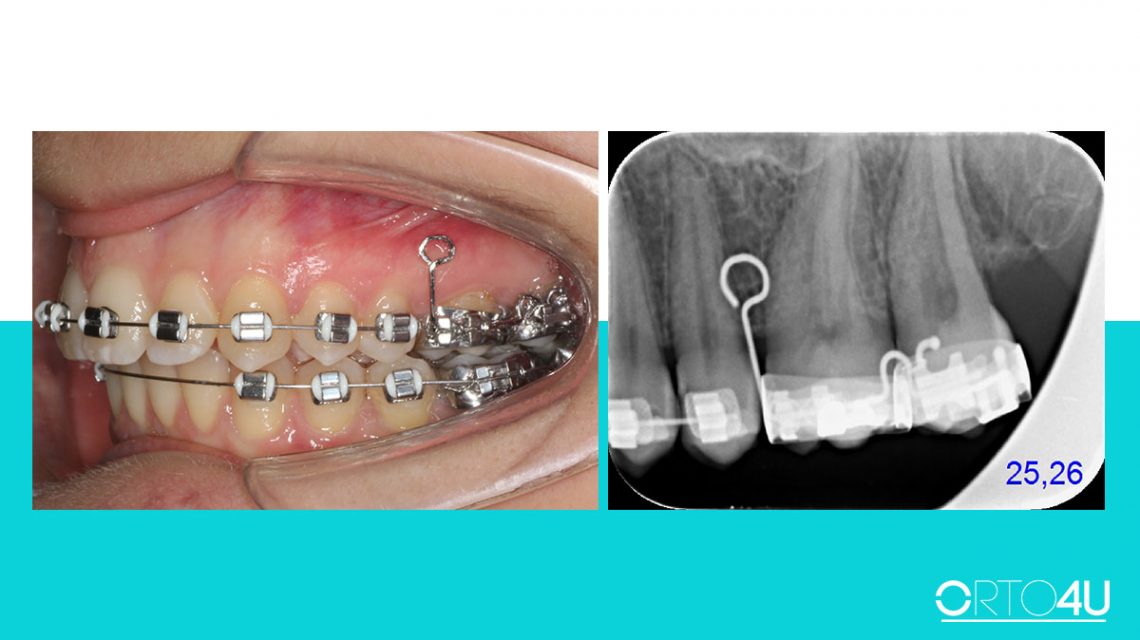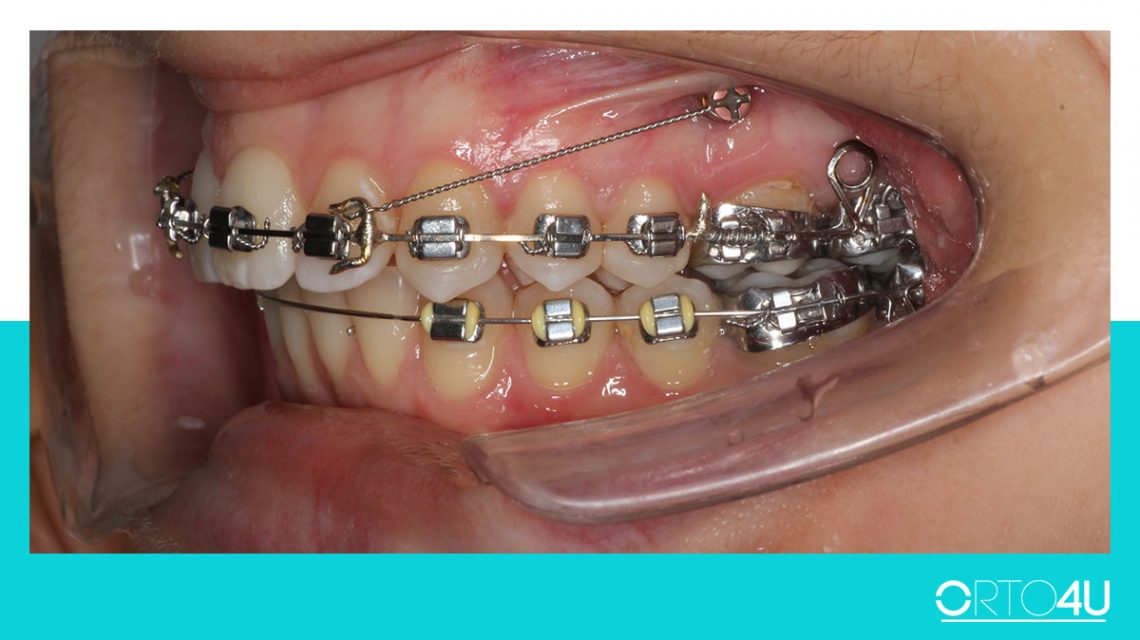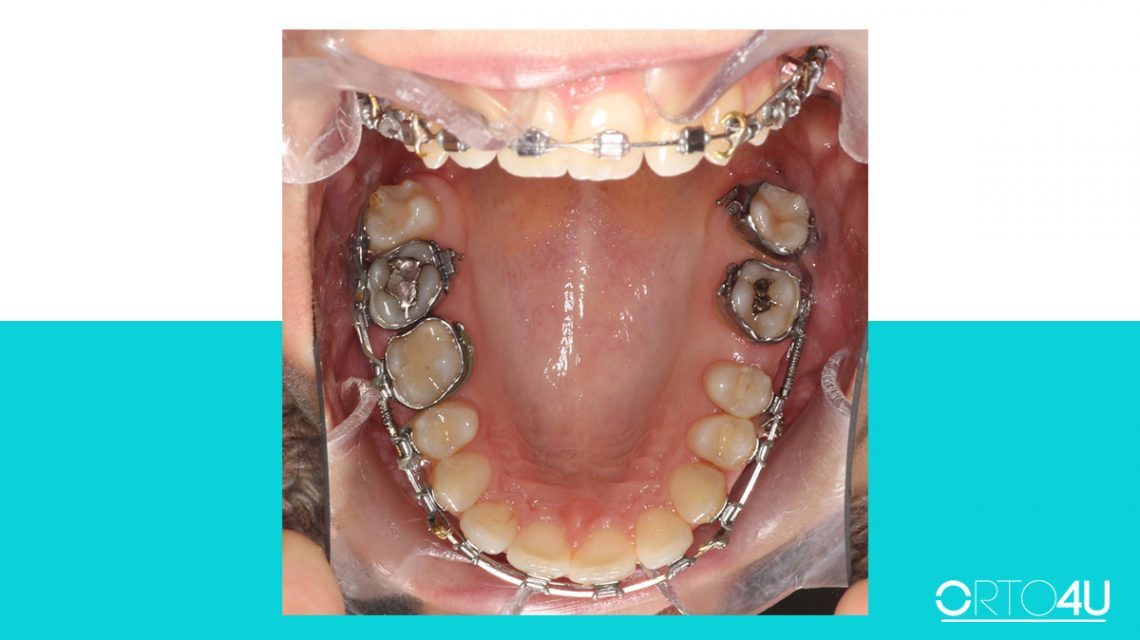When the patients hear of this name for the first time, they most often imagine the implant on which the crown is made, replacing the lost tooth. However, it is something completely different.
Mini implants are used in orthodontics as an essential aid in moving the teeth in the desired direction.
They are designed to be very small, look like little "screws" that go into the gums and partly into the bone with their whole body. One small part, the head of the implant itself, stands slightly above the level of the gums and is made so that it can receive the wire element, chain, eraser or any of the orthodontic elements we use.
Do Mini-implants Cause Negative Reactions?
The implant itself is biocompatible and as such does not cause any allergic or any biological reactions with the oral tissue. It is applied with local anesthesia, so the setting process itself is painless.
Before the implant is being placed, detailed planning of the place and inclination of the implant placement,together with the analysis of quality and quantity of bone in the RTG image and the space where it will be placed must be made. Further, a precise plan of orthodontic mechanics is required that will be implemented and will give the best possible results.
Whether you need mini implants during the therapy depends on many factors. Often, if more teeth are missing, when there are not enough supporting teeth to resist unwanted teeth movement, a mini implant is indicated.
Also, in case of moving the teeth "backward, towards the ears", for so-called distalisation, in some cases it is necessary to place the

Picture 1 and Picture 2. Planning the place of implant placement. With the bended element, an X ray image is made

Picture 3. Mini implant placed and biomechanics for the left segment distalisation

Picture 4. Obtained space by distalisation with adequate support planning using mini implants
Implant as alternative method
Mini implants can also be used as an alternative method to the extraoral stronghold, so-called headgear. By placing the implant into the bone at the direction of the desired pulling force and the path of the directional force, can replace the role of headgears i.e. caps that are worn on the head, especially with adult patients who are unable to wear this type of additional support.
Whether we will use mini implants in your case depends on the individual case. If necessary, there is no reason to worry, because, with the detailed planning of therapy and mechanics, mini implants are just a great aid to reach our goal.




